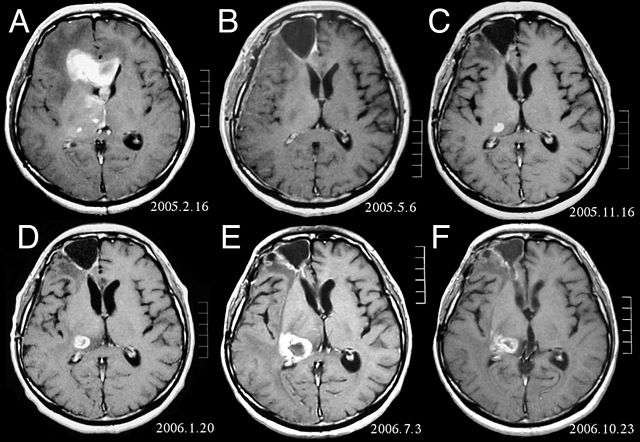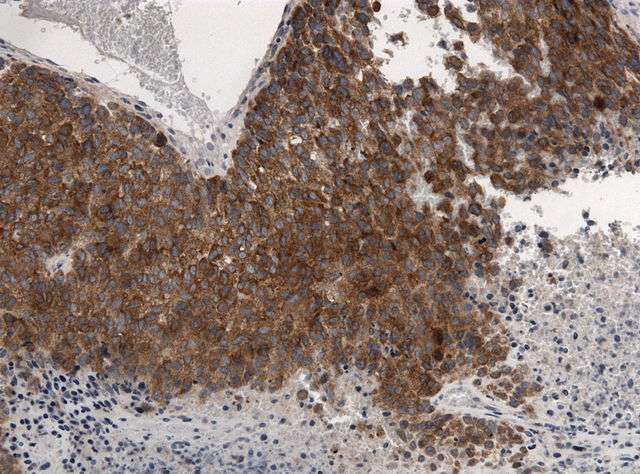Mapping the pathways of least resistance

Cancer is a notoriously slippery target. It can assume multiple genetic identities, taking a different pathway whenever it needs to dodge the latest treatment. A recent study found that just a single, tiny tumor can contain more than a million distinct mutations, priming it for resistance.
So, while one treatment might be able to wipe out most of the cancer cells, the few that remain with the right genetic makeup will go on to forge a resistance.
Such resistance is a huge problem and one of the reasons that cancer is on its way to becoming the number one killer disease in the United States. By the end of this year, cancer will kill nearly 600,000 Americans and millions more around the world.
Kris Wood, Ph.D., spoke about the challenges of combating cancer drug resistance at the Basic Science Day on Nov. 16. The annual event brought together faculty, staff, trainees, and students to celebrate basic science research and to encourage collaborations. During the day, attendees heard TED-length talks from faculty members studying a wide range of topics, from vocal learning to asexual reproduction.
"My lab is most interested in the basic question of what are the things that cancer cells can do that allow them to survive in what should be toxic environments created by drug treatments," said Wood, an assistant professor of pharmacology and cancer biology. "By understanding how cancer cells survive in drug environments, we might be able to both predict those patients who will respond well and respond poorly to treatments, and also design combination therapies that could work more effectively."
Wood said that knowing that so many different genetic alterations can lead to resistance might make researchers wonder what chances they have of ever stopping a tumor.
But he thinks there is reason to be optimistic, because these myriad mutations seem to function by altering a discrete set of pathways. In turn, many of these pathways seem to create the same kinds of effects in cells – chiefly, fueling growth and shirking death. Targeting the effects that enable resistance could bring about better ways to treat cancers.

For example, half of melanomas are driven by mutations in a gene called BRAF. Wood began to map out the different drug resistance pathways that are controlled by the BRAF signaling molecule. He found that many of these pathways converge on another signaling molecule called MYC, which is known to promote cell proliferation.
When Wood blocked MYC in drug-resistant melanoma cells, he found that it could make them sensitive to further rounds of chemotherapy. He also found that suppressing MYC in melanoma cells before treatment could dramatically delay the time that it takes for resistance to emerge.
"MYC is a complicated beast, and there are lots of things it can do," said Wood. "I think there are some promising strategies for inhibiting MYC, which could lead to intelligent therapies that target resistance."
More information: Takamitsu Fujimaki et al. Effectiveness of interferon-beta and temozolomide combination therapy against temozolomide-refractory recurrent anaplastic astrocytoma, World Journal of Surgical Oncology (2007). DOI: 10.1186/1477-7819-5-89















